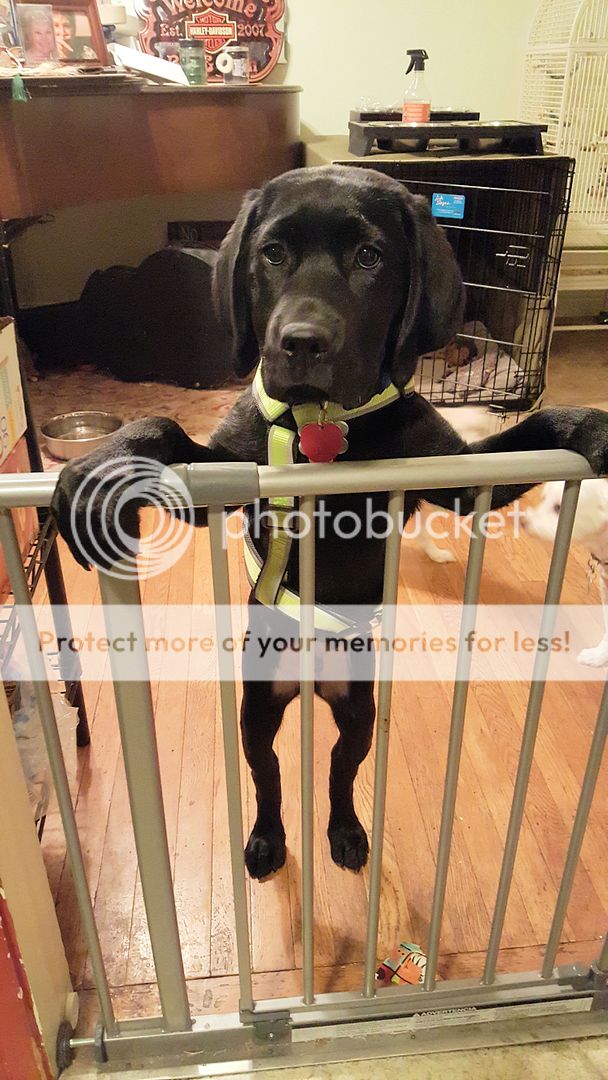Nope, nope nope...
I looked at the illustrated Breed Standard
https://www.thelabradorclub.com/uploa...oStand2002.pdf
and reviewed the video again. It's not the stop, per se. It's something else and I'm trying to put my finger on it. In the fairly extensive head studies shown in the standard, it seems to have to do with the way the skull line extends from the stop. I think the skull is supposed to run a parallel line to the nasal bone. (If you look at the artists version in the print, and the head studies in the standard, that parallel line is absolutely clear.) The skull line is not supposed to be rounded. But... trying to view moving targets in the video, it's as if the desire (by breeders/judges) to get that broad, bold look, has allowed the skull to get rounder as it's gotten broader.
I don't know... the attractive head is chiseled, but still sleek. There's something coarse about the show head and I cannot tell what it is.
|
|
|---|




 Reply With Quote
Reply With Quote






